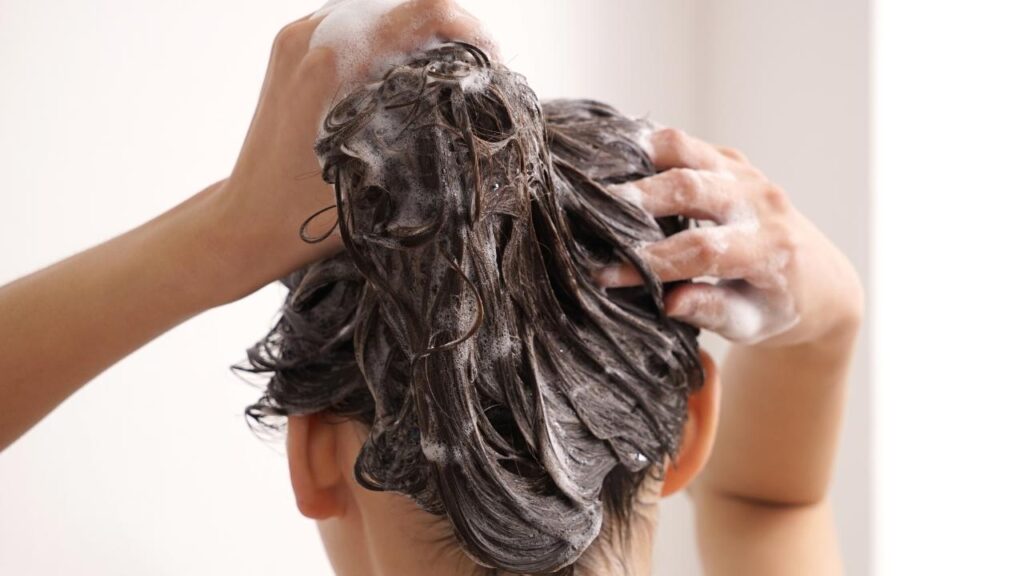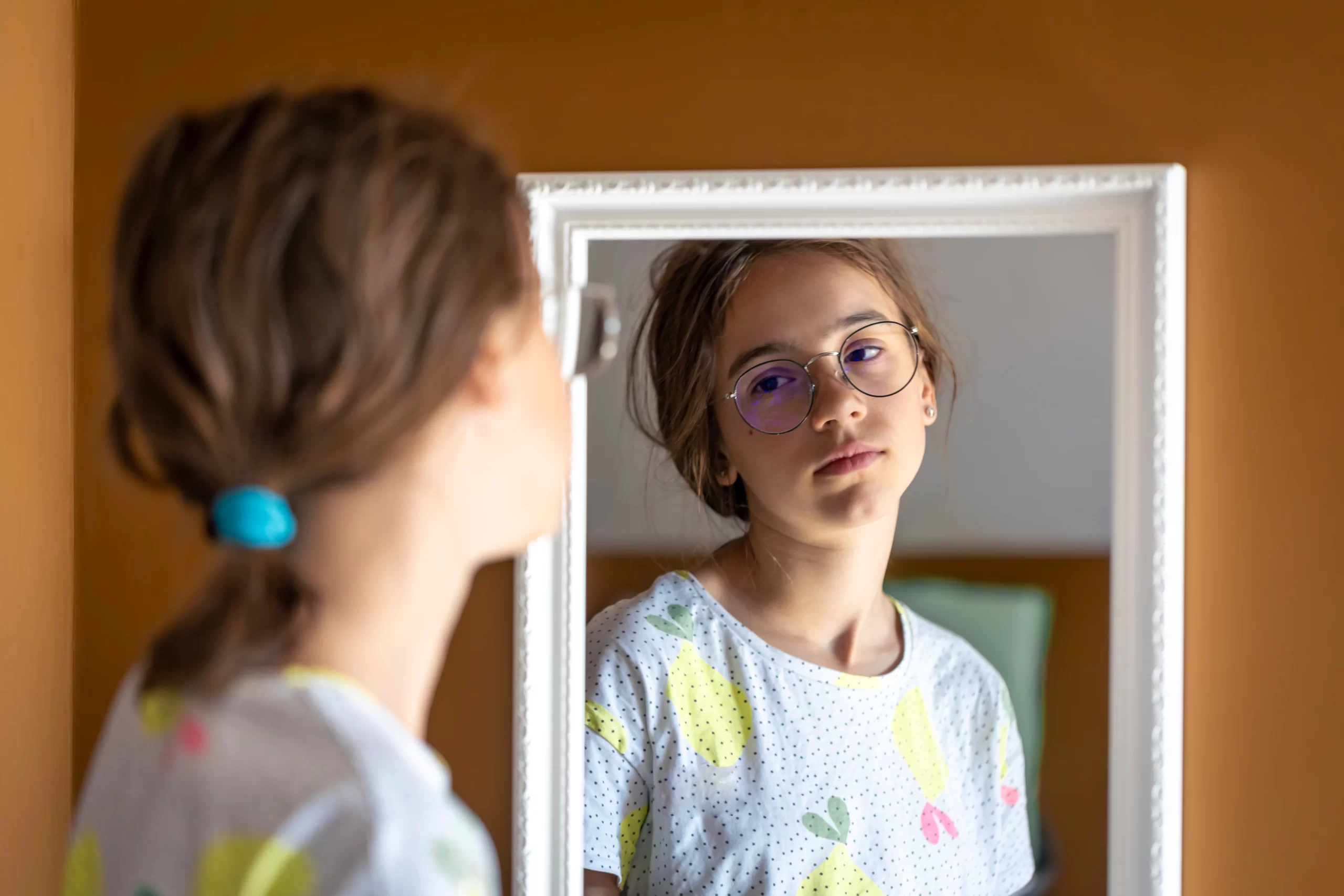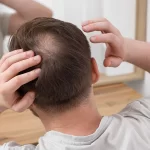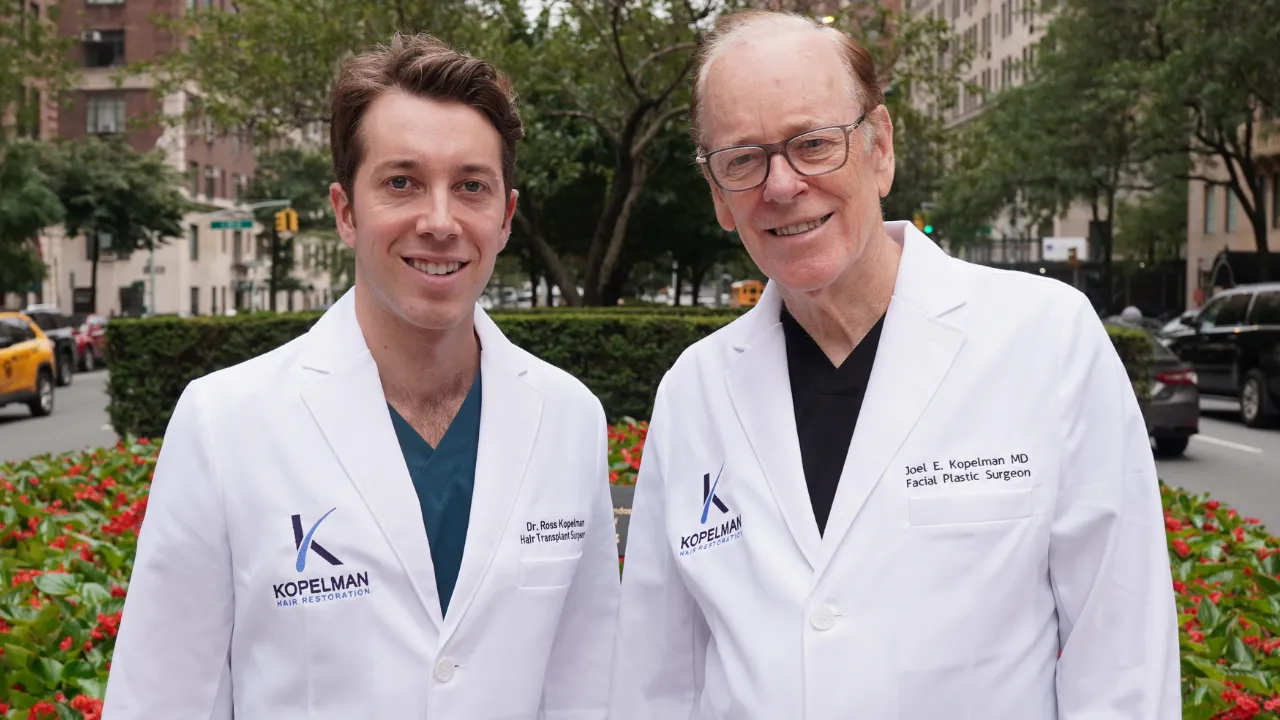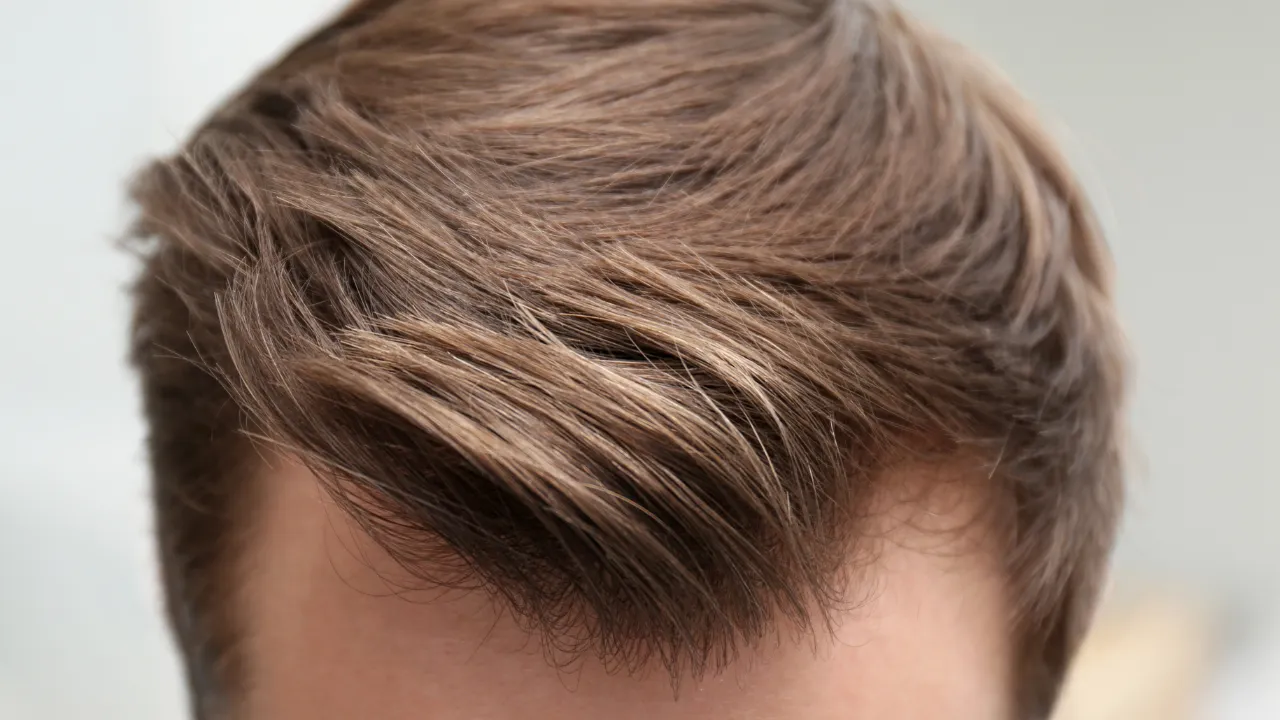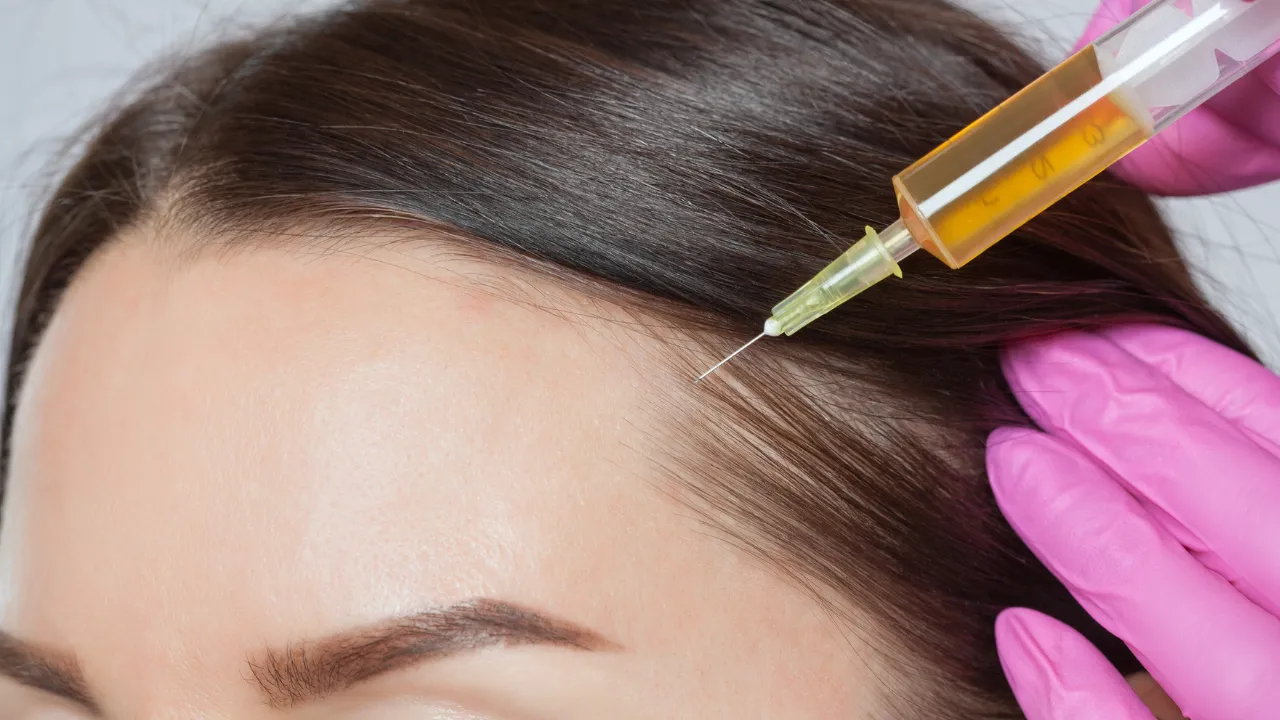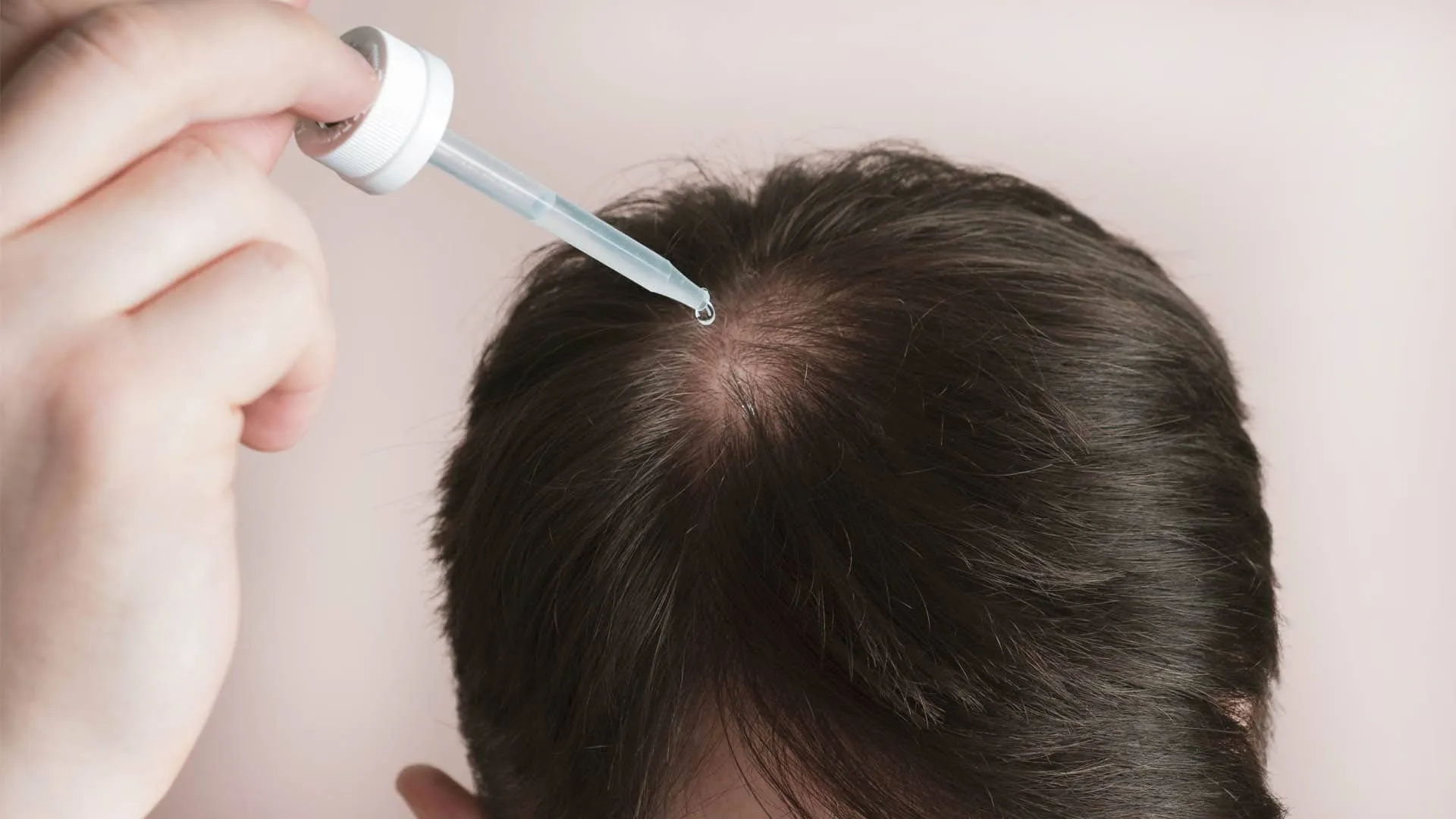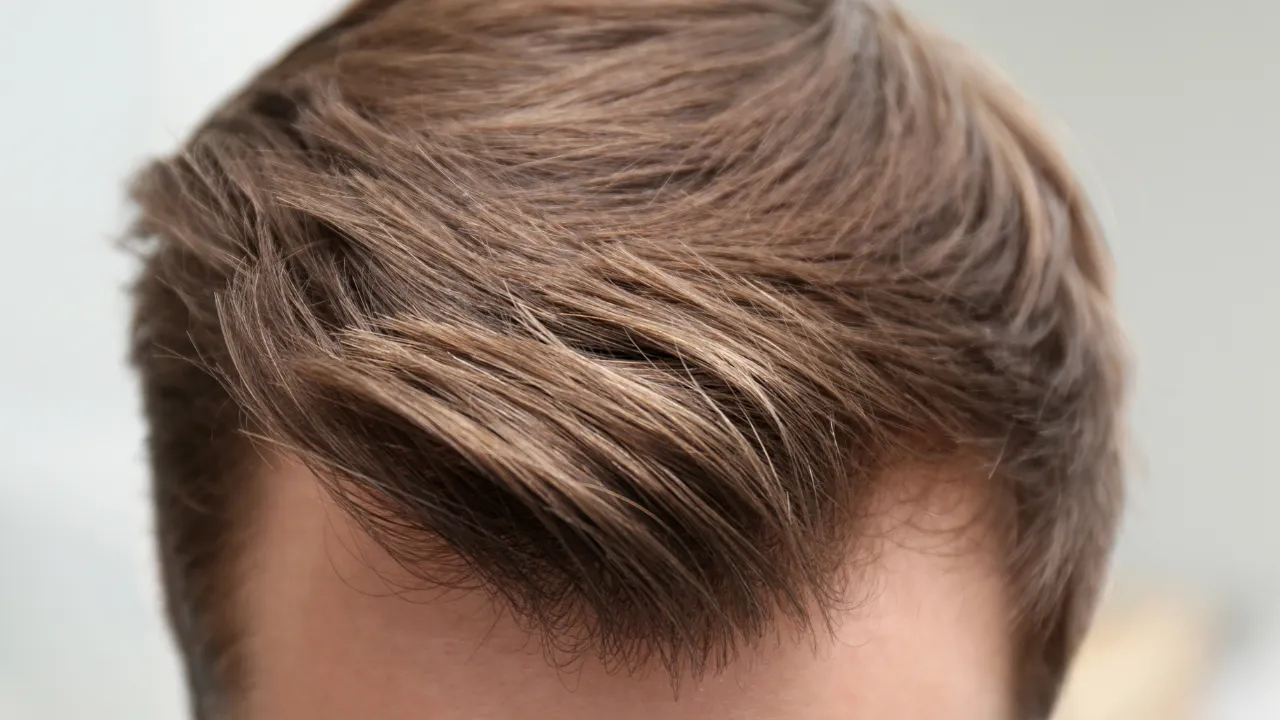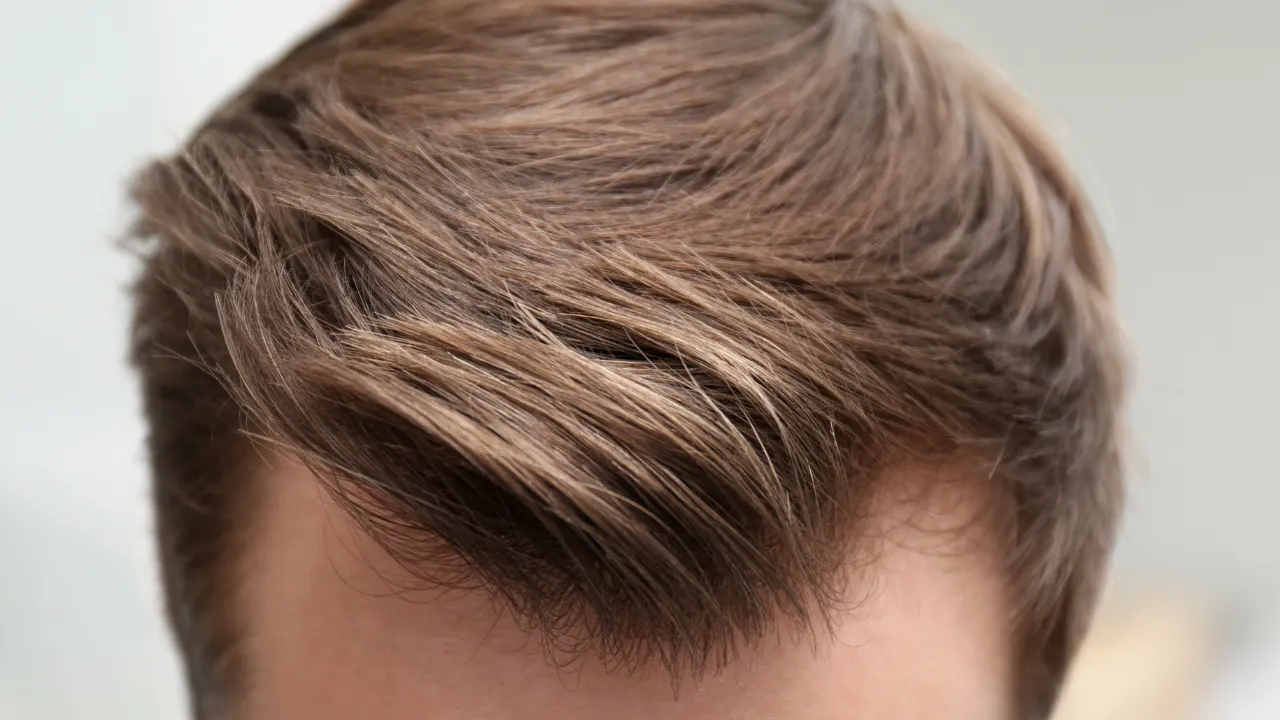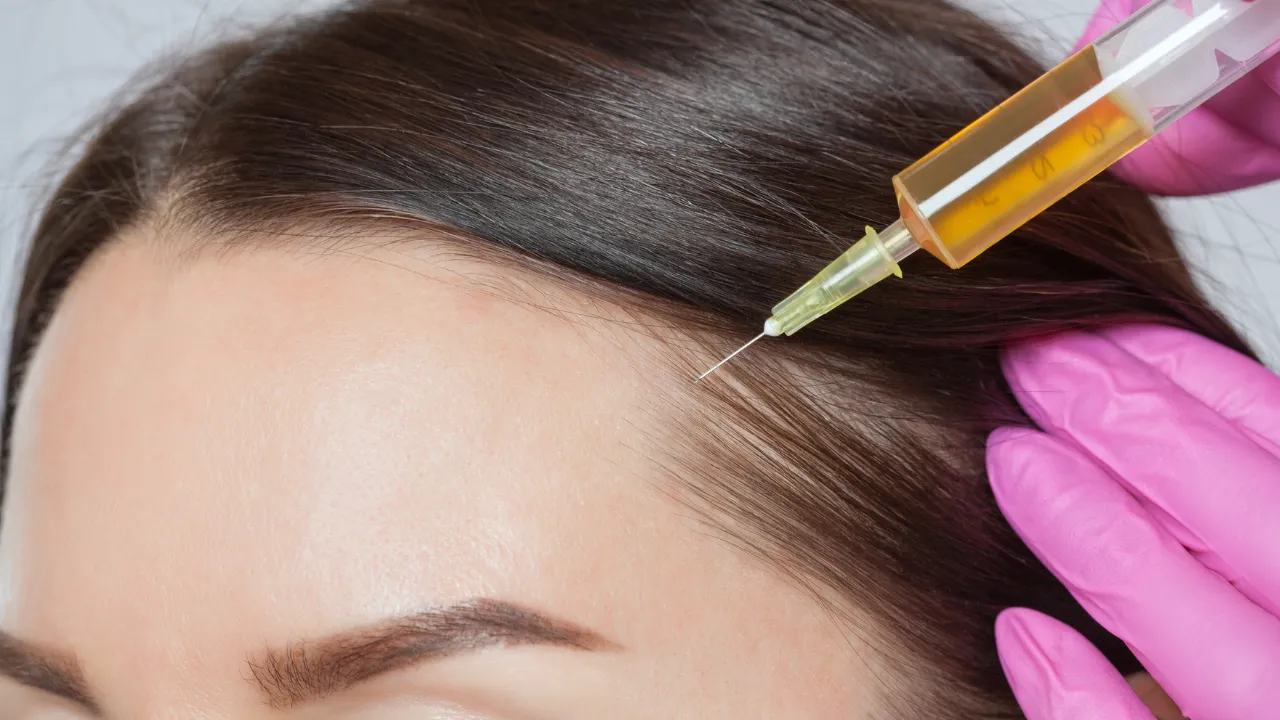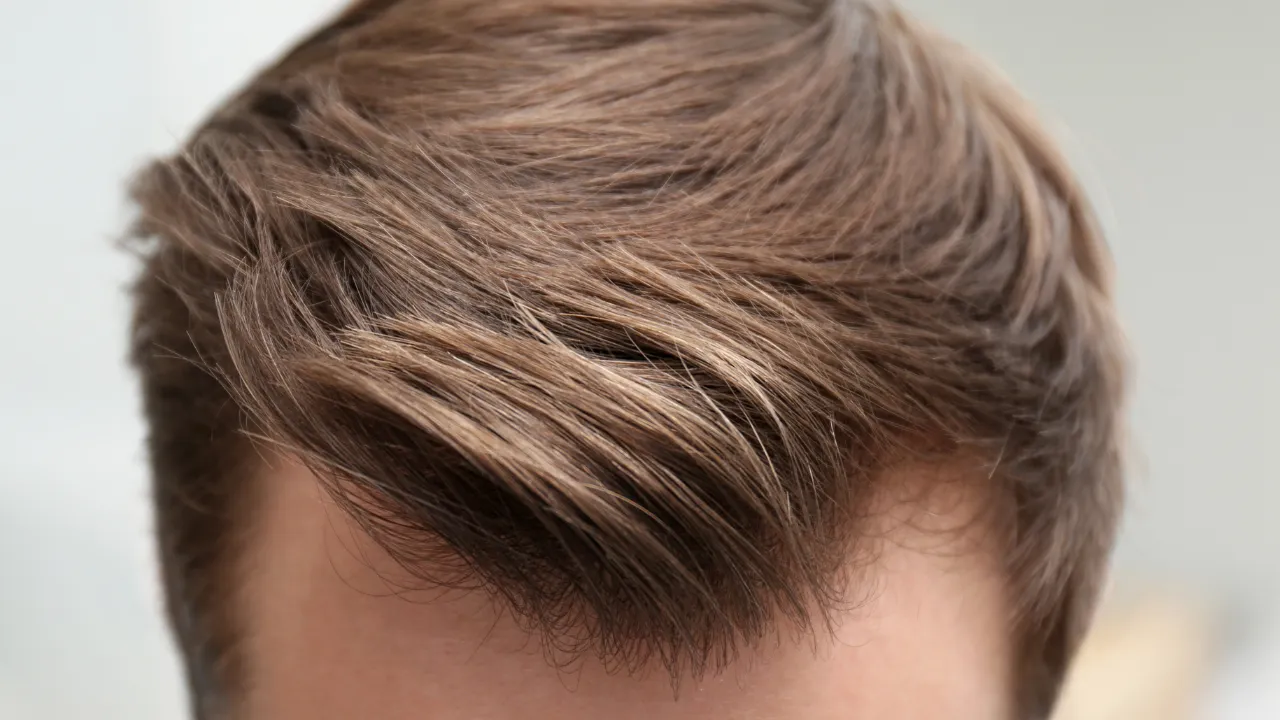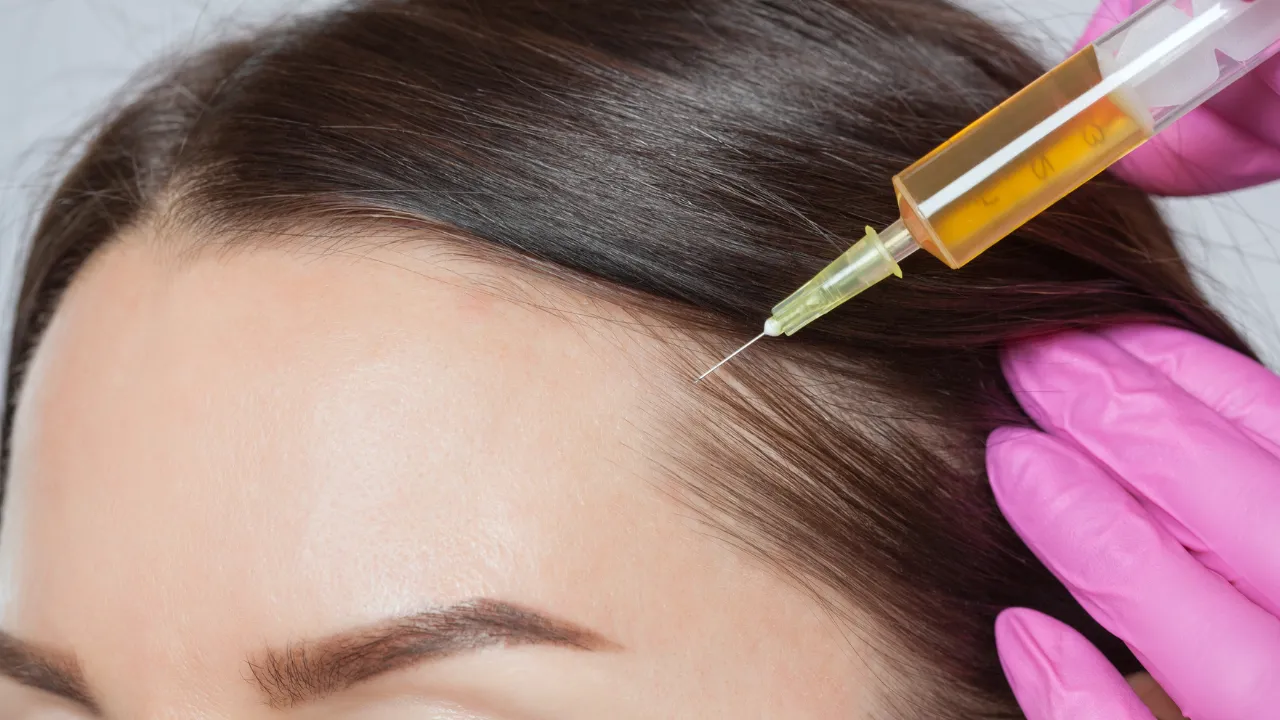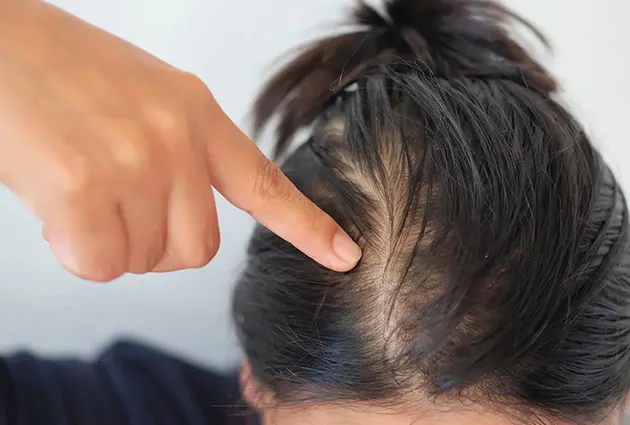As a hair restoration surgeon, I frequently address concerns and myths surrounding hair care and loss. A common worry among my patients is whether washing their hair contributes to increased hair fall. The sight of strands entwined around their fingers or accumulating in the drain post-shower can indeed trigger alarm. However, it’s imperative to dissect this concern with a blend of scientific understanding and practical advice to maintain a healthy scalp and hair.
Understanding Hair Loss
The cycle of hair growth is a complex process involving phases of growth (anagen), rest (catagen), and shedding (telogen). It’s normal for individuals to shed around 50 to 100 hairs daily as part of this natural cycle. The act of washing your hair might seem to cause more hair to fall out, but in reality, it’s aiding in the removal of hairs that are already loose or in the shedding phase. These hairs would have eventually shed, regardless of washing.
However, understanding hair loss requires more than just recognizing this cycle. Various factors can influence hair shedding, including genetics, nutritional deficiencies, hormonal imbalances, stress, and certain medical conditions. It’s crucial to differentiate between normal hair shedding and hair loss that may necessitate medical attention. Normal shedding is a part of the hair’s life cycle, while excessive hair loss could be a sign of underlying health issues.
The Impact of Hair Washing
Concerns about hair washing and hair loss stem from observing hair shedding during or after a shower. However, frequent washing itself is not a direct cause of hair loss. The methodology of washing and the choice of products play a significant role in maintaining hair health. Vigorous scrubbing, using excessively hot water, or applying shampoos with harsh chemicals can irritate the scalp and potentially damage hair follicles, which may contribute to hair weakening and increased shedding over time.
To mitigate potential damage, I recommend using gentle, sulfate-free shampoos that cleanse without stripping the scalp of its natural oils. Lukewarm water is ideal for washing your hair, as it helps open the hair cuticle without causing heat damage. After washing, gently pat your hair dry with a soft towel to avoid friction that can lead to breakage. Incorporating a conditioner suited to your hair type can also aid in detangling and moisturizing your hair, reducing the likelihood of breakage during combing or styling.
The Role of Hair Care Practices
Beyond washing, other hair care practices can influence hair health and shedding. The excessive use of heat styling tools, chemical treatments (such as dyes and relaxers), and tight hairstyles (like ponytails or braids) can lead to hair breakage and loss. These practices can stress the hair shaft and weaken the hair from its roots, leading to noticeable hair loss over time.
Adopting a holistic approach to hair care is essential for minimizing hair loss. This includes reducing the frequency of heat styling and chemical treatments, opting for looser hairstyles that don’t pull on the scalp, and using protective styles when appropriate. Additionally, nourishing your hair from the inside out with a balanced diet rich in vitamins and minerals supports hair growth and reduces shedding.
When to Seek Professional Advice
It’s important to remember that while noticing hair shedding during washing is normal, a sudden increase in hair loss could indicate an underlying issue. Conditions such as androgenetic alopecia, telogen effluvium, or scalp disorders can lead to significant hair thinning and loss. If you observe increased shedding, scalp irritation, redness, or persistent dandruff, it’s time to consult a professional.
As a hair restoration surgeon, I assess the patient’s hair and scalp condition, medical history, and lifestyle factors to diagnose the cause of hair loss. Treatment options can vary from topical applications like minoxidil to oral medications such as finasteride for men, and even surgical options like hair transplantation for more severe cases. The goal is to address not just the symptoms but the root cause of hair loss, providing a tailored approach to each patient. The key lies in adopting gentle washing techniques, selecting appropriate hair care products, and understanding the natural cycle of hair growth and shedding.


